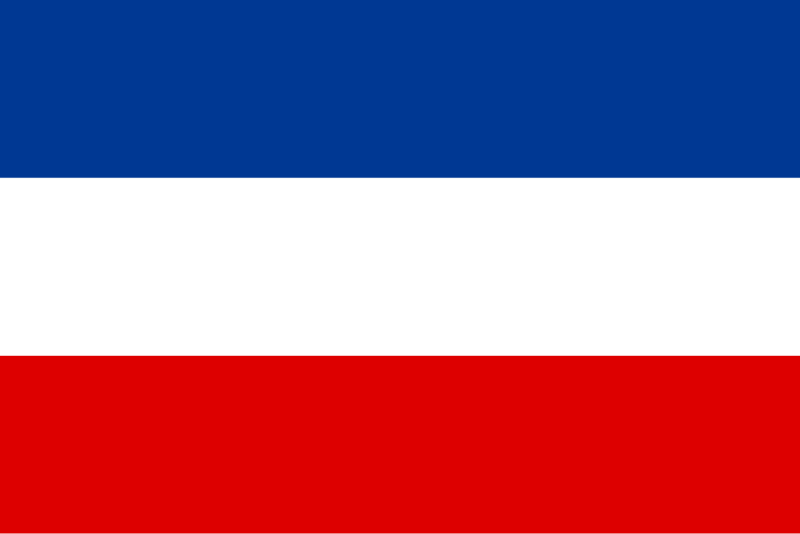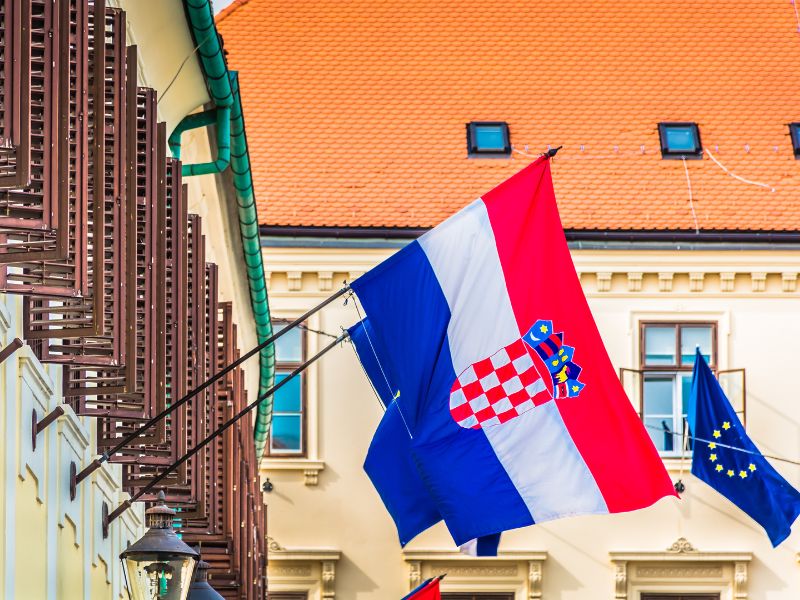Table of Contents
Mergers and Acquisitions
The question of why and how exactly Croatia united with Hungary is one of the most common subjects of debate among many historians. However, according to research by the US Library of Congress, the Hungarian King Ladislaus became the new ruler of Croatia in 1091 after the death of the last king of Croatia.
However, the Croatian system of leadership was supported by separate institutions of Croatian statehood, such as the assembly of nobles called the Sabor. In the 1409s, when the Ottoman Empire tried to conquer the Balkans, Croatia found itself caught in the struggle between the Hungarians and the Turks.
After several years of fierce fighting with the Ottomans, Croatia was able to resist them and united with the Habsburgs. The country soon became part of the Austro-Hungarian Empire.
Kingdom of Yugoslavia
When World War I ended and the Austro-Hungarian Empire fell, Croatia’s loyalty was again afloat. The delegation from Croatia decided to join forces with the Serbs, creating the “Kingdom of Serbs, Croats and Slovenes”. The Kingdom of Yugoslavia quickly collapsed and descended into civil war and rebellion. The Ustasha, Croatian rebels, launched a brutal terrorist campaign to exterminate all Jews and Serbs.

The Chetniks, an opposition group, resisted, but they too proved terrorists when they massacred the Croats.
But the Partisans, another group led by Josip Broz, or Tito, gained widespread support. After World War II, Tito became the leader of Yugoslavia.
Communist Yugoslavia
Under Tito, Yugoslavia, which included Herzegovina and Bosnia, Serbia, Slovenia, Macedonia, Croatia and Montenegro, followed a planned-market form of socialism, nationalizing private property and factories.
Tito also transformed Yugoslavia from a largely agricultural country into an industrialized one. However, when Tito died in 1980, the holes in the Yugoslav system had become even larger. The economy was weak, Serbian nationalism, fueled by Slobodan Milosevic, and the unity of the Yugoslav government became weak.
It was on June 25th, 1991 that Croatia declared its independence from Yugoslavia, a day now celebrated as Statehood Day. At the same time, Serbs living in Krajina (part of Croatia) declared their independence from the country, which led to an inevitable civil war.
Almost 20 years after the end of the war on December 14, 1995, Croatia has established itself as an independent, tourist-friendly and safe country. With a stable government and a strong economy, Croatia is now a favorite vacation spot for tourists around the world.
